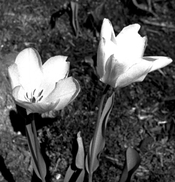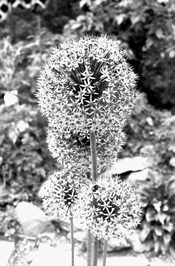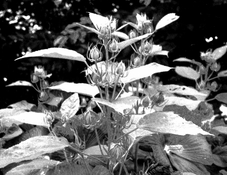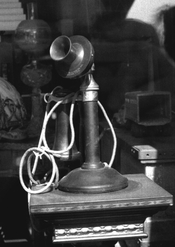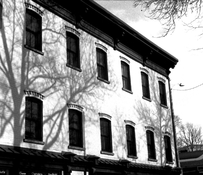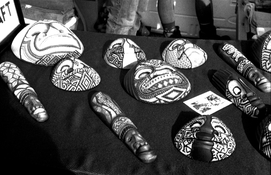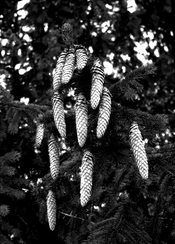You need to see how they print. A diffuse lightbox with a high power loupe might give a misleading impression. Dil B HC-110 should give very crisp distinct grain with HC-110. TMax 100 would have less distinct grain, not more. But for sake of more grain growth, if needed, you could dilute the HC-110 more, and use longer dev time.
But simply scanning a neg and posting it on the web won't be definitive either. Ya gotta print and compare, to find out how the paper itself sees these things before coming to judgement.
I certainly disagree with Film-Niko that differences between FP4 and T-grain films will give you approximation with MF film results. If you want medium format quality, then shoot medium format film. Neither a fox terrier nor a bulldog is a match for a mountain lion.
All of this.
There isn't a single film that's made to be viewed on a light box with a 15x loupe. The grain might seem big and mushy with the loupe, the end result when printed might be absolutely glorious. I have prints I'm very proud of whose neg looked might of looked grainy and mushy, but that's not what I, or others, see when they look at it: they see the whole, the composition, the tonality. Nobody looks at a print to see how big, or small, the grain is.
Not saying that grain too big cannot be distracting — I was just watching a fantastic documentary on Ben Bradlee on HBO and some of the photos of the 60s, obviously shot at high ISO in the Washington Post Newsroom, had gigantic grain — but in the end, it's still the print that counts, and a grainy powerful shot is first and foremost a powerful shot.
Would I get better results using a different developer?
HC-110 is a solvent developer that acts as a non-solvent developer because of the high level of dilution. If you want less grain, you need to use a solvent developer — D-23, Xtol, D-76/ID-11, Microphen, etc. You won't get
better results, you'll get different results, as there is also a price to pay when using solvent developers. Any developer you use, you make a sacrifice. It's a question of which sacrifice you prefer making.
My beef with HP4+ in HC-110 (actually Ilfotec HC) is less grain than finding the whole a bit too contrasty. Haven't found the perfect development time for that combo yet.







